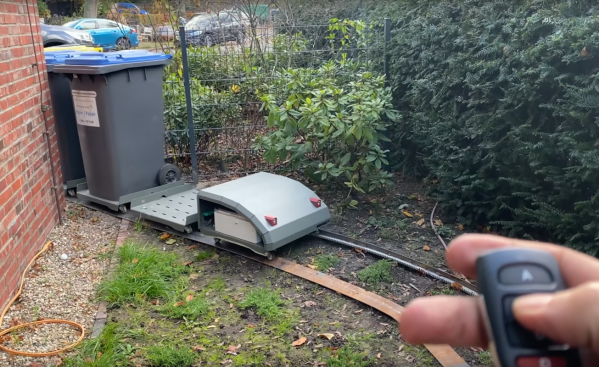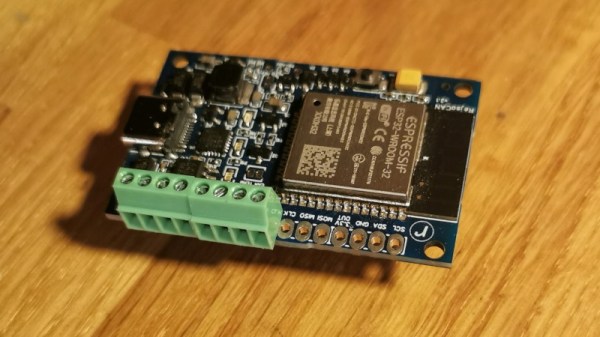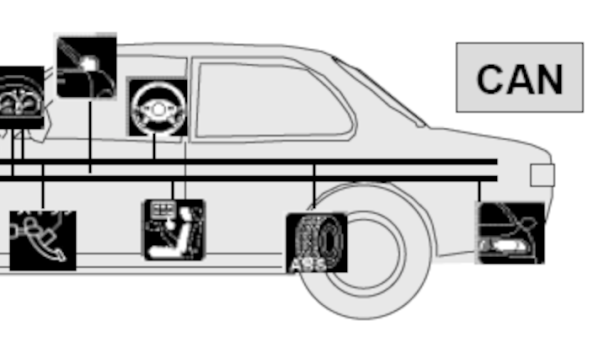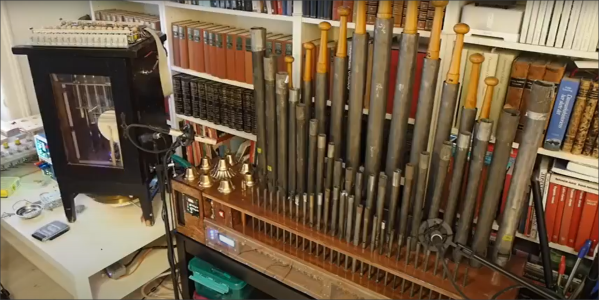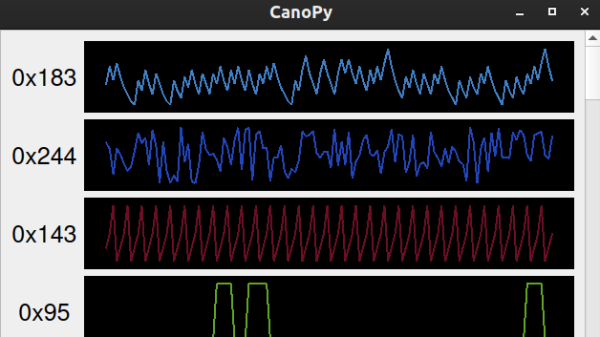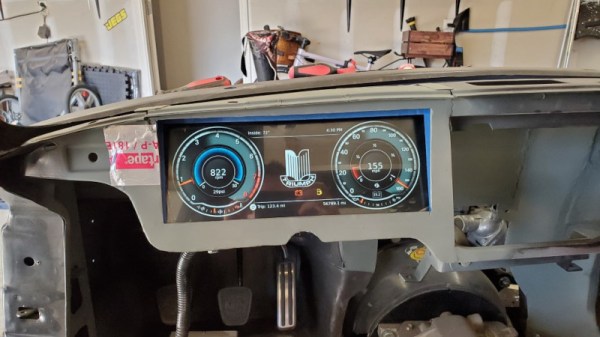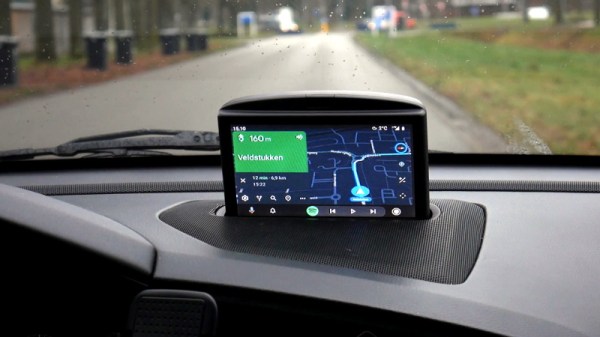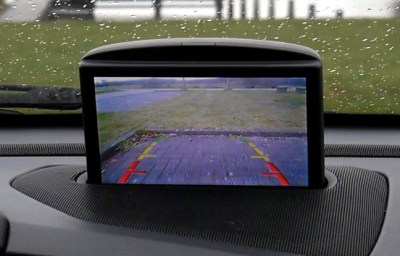Cog railways are a somewhat unusual way of train locomotion, typically only installed when a train needs to climb steep terrain. Any grade above about 10% needs the extra traction since the friction between the wheels and rails won’t be enough to push the train forward or keep it from falling backwards. Even without a steep hill to climb, sometimes a cog railway is necessary for traction as [Max Maker] discovered while building a train for his garbage cans.
The build started out as a way to avoid having to wheel his seven waste bins to the curb every month. Originally he built a more standard railway with a simple motor to drive the train, but he quickly realized that there wasn’t enough grip even when using plastic wheels, even though this track follows fairly flat terrain. Since the rail is built out of steel he quickly welded up a rack-and-pinion system to one of the rails. The build goes through many iterations before he finally settles on a design that solves the problem, and it includes several other features as well such as remote control and a spring-loaded automatic charger for the train at its station in the back yard.
While we always appreciate the eccentricity of those who would automate a relatively simple task that only happens once a month, [Max Maker] hopes to build this into a commercial product aimed at the elderly or disabled who would really benefit from a reliable, semi-automatic system that takes their trash bins to the curb for them. And, if your system only involves a single trash can, there are other ways of automating the task of taking the garbage to the curb.

